LECTURES & WEBINARS
Past Lectures
The I-5 Wildlife Overcrossing & the Importance of Ecological Connectivity
The Mariposa Wildlife Overcrossing on Interstate-5 will be the crown jewel in what could become a network of wildlife crossings stretching along the interstate between the City of Ashland and the Oregon-California border. Interstate-5 and the approximately 17,000 vehicles it supports daily along this route have severed ecological connections between Coastal and Inland ecosystems for decades, putting at risk one of the most diverse wildlife assemblages in the nation. We will describe what a network of wildlife crossings might look like – including building new bridges, retrofitting existing bridges and improving culverts – and how these changes would improve life for a diverse array of wildlife species and create a safer and more enjoyable future for the traveling public.
Jack Williams, PhD, is the Emeritus Senior Scientist for Trout Unlimited and Co-coordinator of the Southern Oregon Wildlife Crossing Coalition. He also serves on the Board of Directors for the Rogue River Watershed Council. Since his retirement from Trout Unlimited, most of Jack's work has focused on conservation projects in Southern Oregon, including efforts to restore ecological connectivity in and around the Cascade-Siskiyou National Monument. His dogs, energetic springer spaniels, also keep him busy with field trials around the West.
Karen Mager, PhD, is an Associate Professor of Environmental Science, Policy & Sustainability and Biology at SOU. She is a wildlife ecologist focused on the management and conservation of mammals. Much of her research has focused on caribou population dynamics, genetic diversity, and connectivity. Here in southern Oregon, her focus is on how roads affect connectivity for a diversity of species. She loves to work with students in the field using methods such as camera trapping, small mammal live trapping, and natural history observation.
To learn more, please vist the Southern Oregon Wildlife Crossing Coalition
Fire History & Ecology in the Cascade-Siskiyou National Monument
Join dynamic and knowledgeable Rich Fairbanks as he shares the history and ecology of fire in the Cascade-Siskiyou National Monument. He will discuss both modern and indigenous management practices informed by his own personal experience and consultation from indigenous people who gave him permission to share. H e also will take us on an historic journey through the Klamathon and Oregon Gulch fires within the Monument and introduce us to the response of plants to fire and how to recognize fire scars. Through his lecture, we will learn enough about fire behavior to understand how fire has shaped the Monument in big ways and the need for more funding to be directed toward the proper protection and stewardship of its resources.
DR. DAVID LEWIS - NATIVE AMERICAN HISTORY IN SOUTHERN OREGON, recorded May 2021
In this lecture, esteemed Oregon State University Professor David Lewis covers the following:
History of the Tribes from Southern Oregon and their Lifeways
Rogue River Wars
Forced Removal
Treaties
Changes to the lands after the forced removal of Native people, and the impacts of farms and grazing by settlers
Most of accounts of this history are not from the points of view of the Native people. This lecture is designed to tell the history from a Native perspective and dispel repeated stereotypes.
Accompanied by Ms. Stasie Maxwell and Dr. David West.
DR. JAD D’ALLURA - Rock’n and Roll’n in the Monument - Geological research, recorded april 2021
"Although the Cascade-Siskiyou National Monument was designed to preserve biodiversity, that biodiversity depends on a large number of factors, one of which is the underlying geology. Different rock types and their diverse characteristics determine slope steepness, location of ridges and peaks, type of soil derived from rocks of very different compositions and the plants associated with them, development of macro- and microhabitats, water retention and production, location of natural springs, and the creation of the land bridge between the Siskiyou and Cascade Mountains." This FREE online lecture examines Professor Jad D'Allura's years of research within the Monument to test and map the mostly volcanic (Western and High Cascade) rocks in the Monument, their age and distribution (and very general soil types) highlighting some specific features and vents. You don't have to be a Geology major to appreciate the helpful research conducted across this 114,000 acre monument, but this is an adult oriented presentation.

